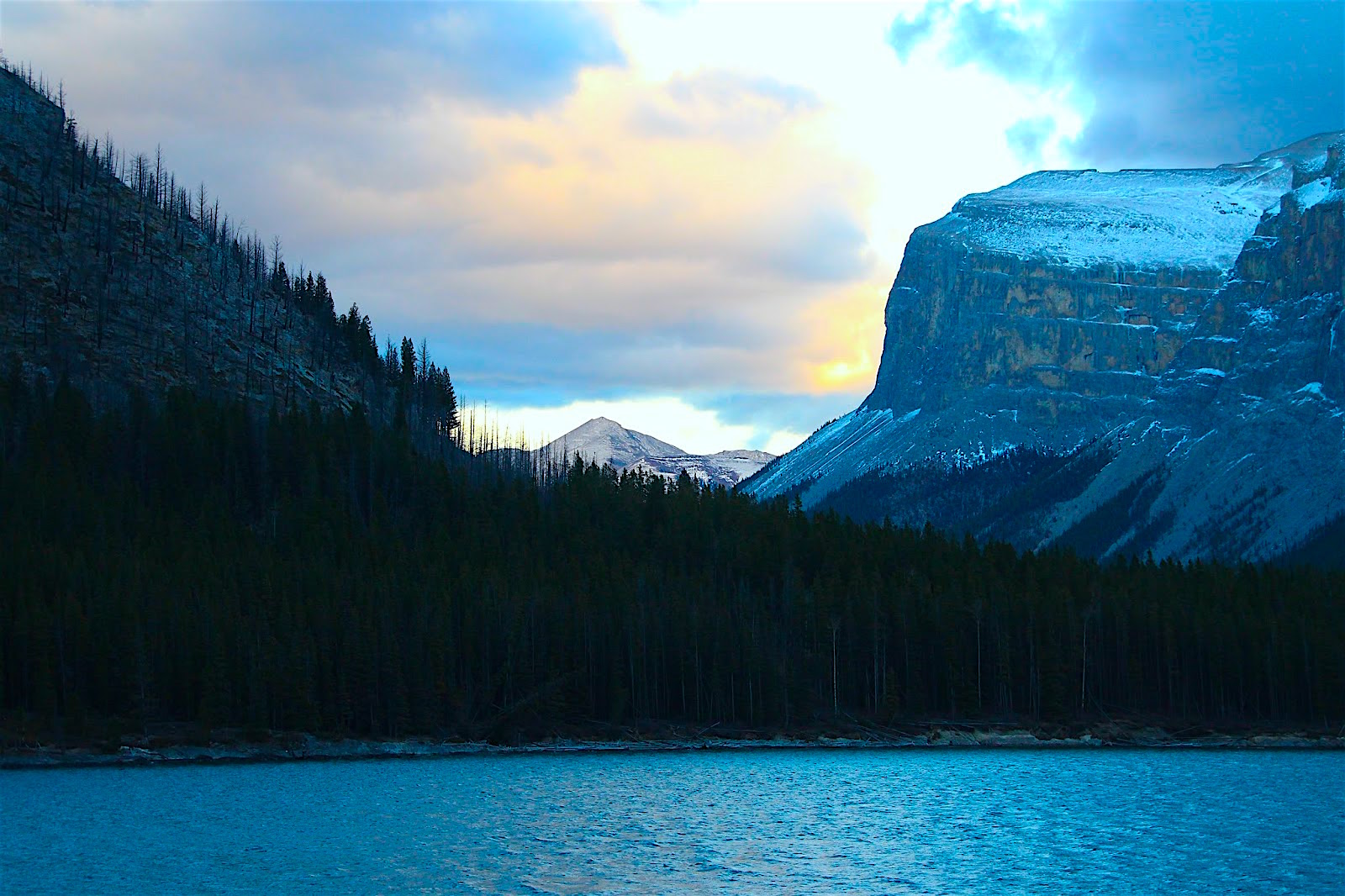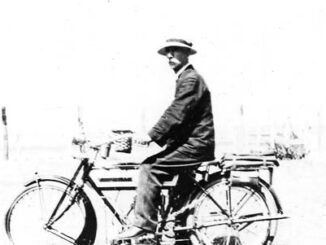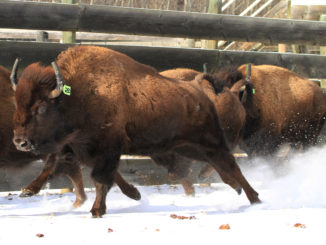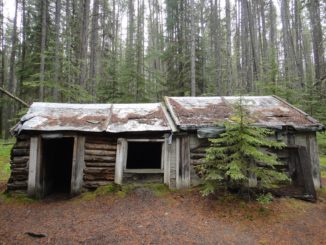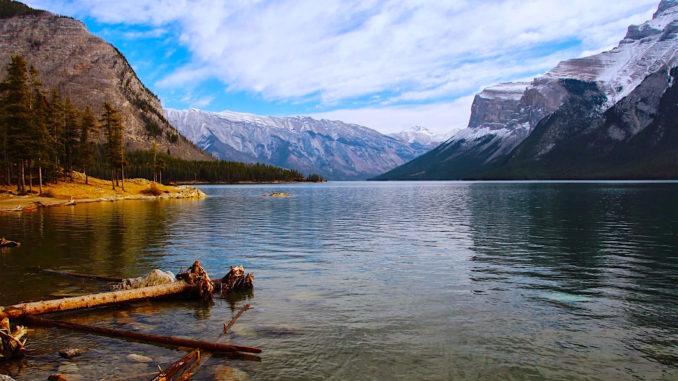
“This is not a site to wander alone in unless a person is blessed for such a mission, as spirits wander there without regard for those who hike this land; night camping might be quite a scary affair.”
~Linda Dunning from Lost Landscapes
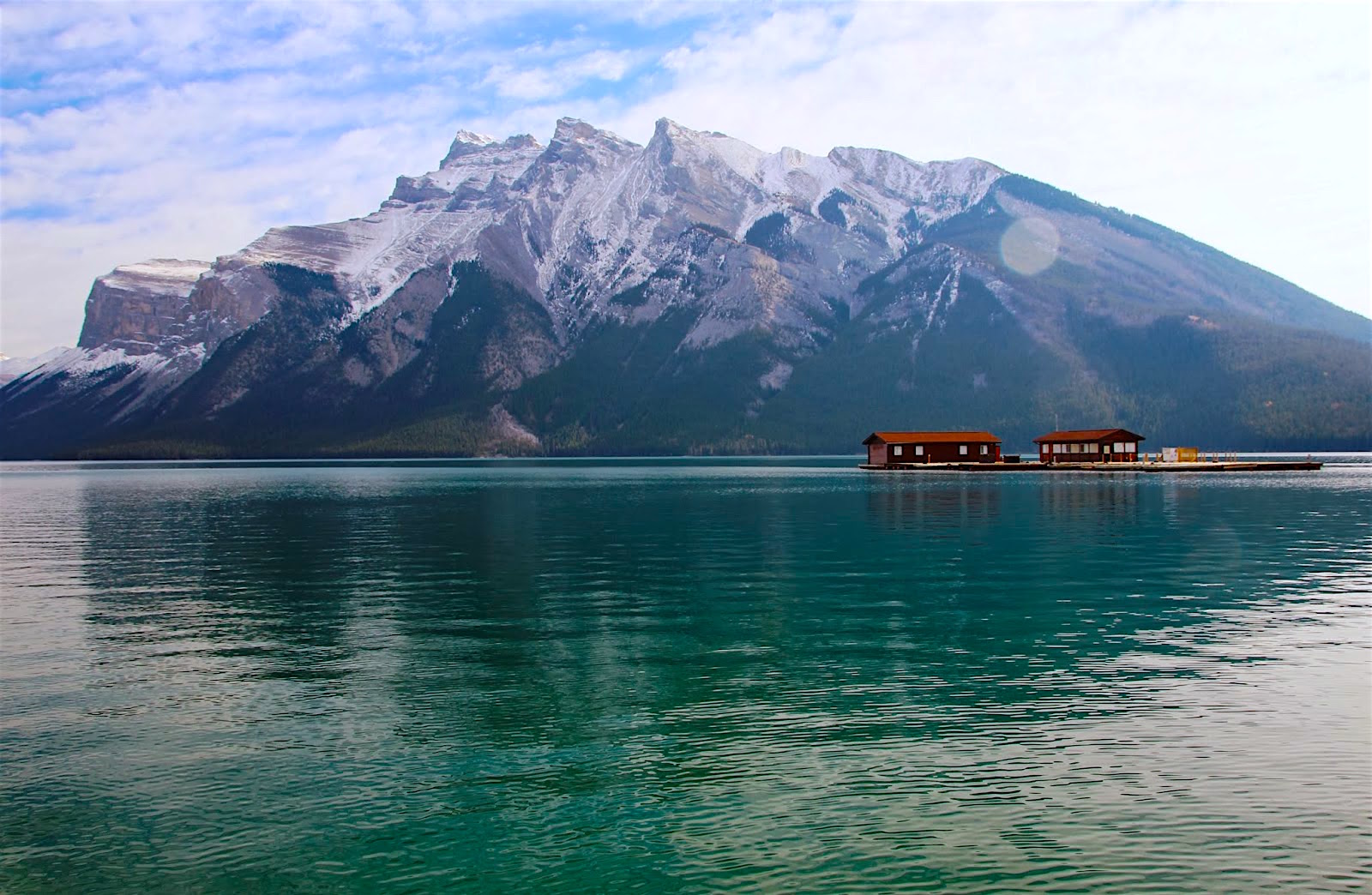
In the summer of 1841 Sir George Simpson, during his ambitious quest to circumnavigate the planet, entered Devil’s Gap via the Ghost Valley and found four pristine lakes connected by small streams. The largest of the lakes sat at the western end of the valley, which Simpson named Peechee Lake after Alexis Piche, chief of the Mountain Cree and lead guide for Simpson’s party. Although Simpson was one of the first Europeans to set eyes on the glacial lake, the valley and surrounding area had been used for hunting and camping for centuries. Prior to Simpson’s arrival the Stoney people referred to the lake as “Minn-waki” or “Lake of the Spirits”. The name was in reference to a legend that spoke of an Aboriginal man who was the first to lay eyes on the body of water from the summit of one of the highest mountains overlooking the lake. From his elevated vantage point the man noticed a fish that appeared to be as long as the lake, leading him to call the lake, “Lake of the Evil Water Spirit.” The Stoney people both respected and feared the lake for its resident spirits.
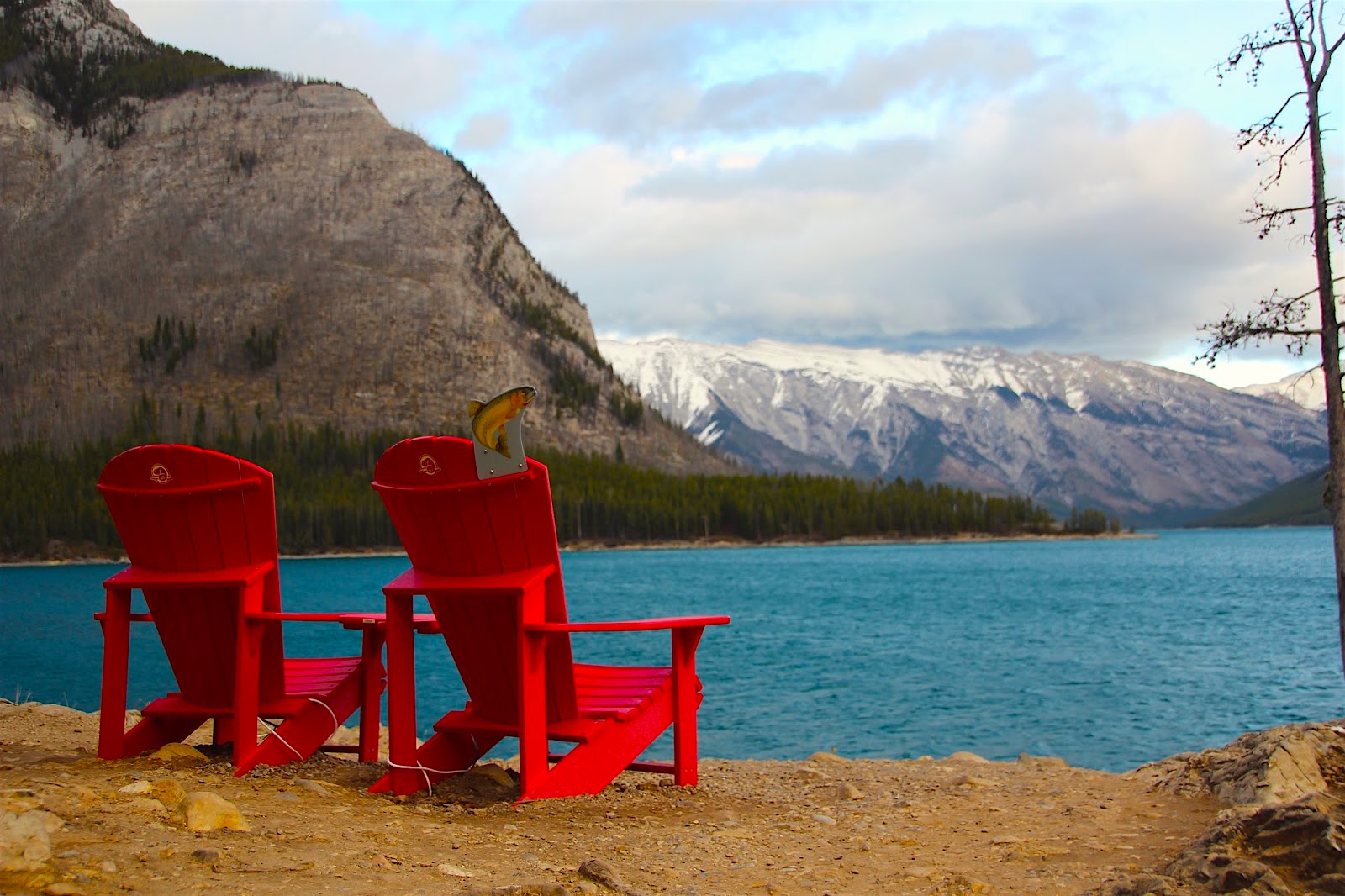
Another popular legend that references water spirits speaks of a mythical half-man, half-fish creature that once lived in the lake. The grotesque merman struck fear and panic in all those who saw it swimming in the emerald water before it was allegedly captured. Today the merman is on display in a glass case in the back room of the Banff Indian Trading Post, captivating visitors who delight in debating where the beast truly came from.
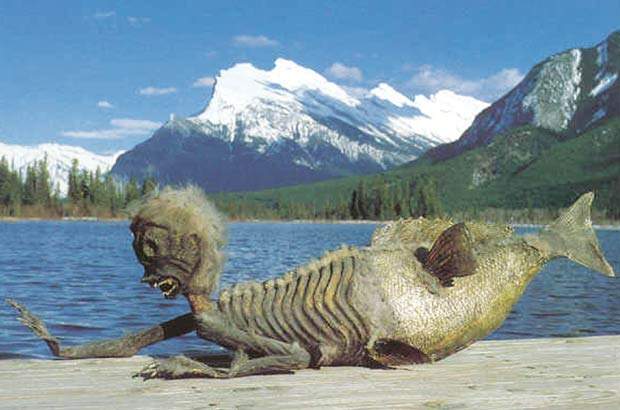
“The nearby lake they called Minnewanka, which means Water of the Spirits. Whenever they traveled in the neighborhood of the lake, they heard the voices of spirits. As they passed by, they could see nothing that made the sounds, but they could hear the sounds.”
~Excerpt from the story that appears in the merman’s case in Banff
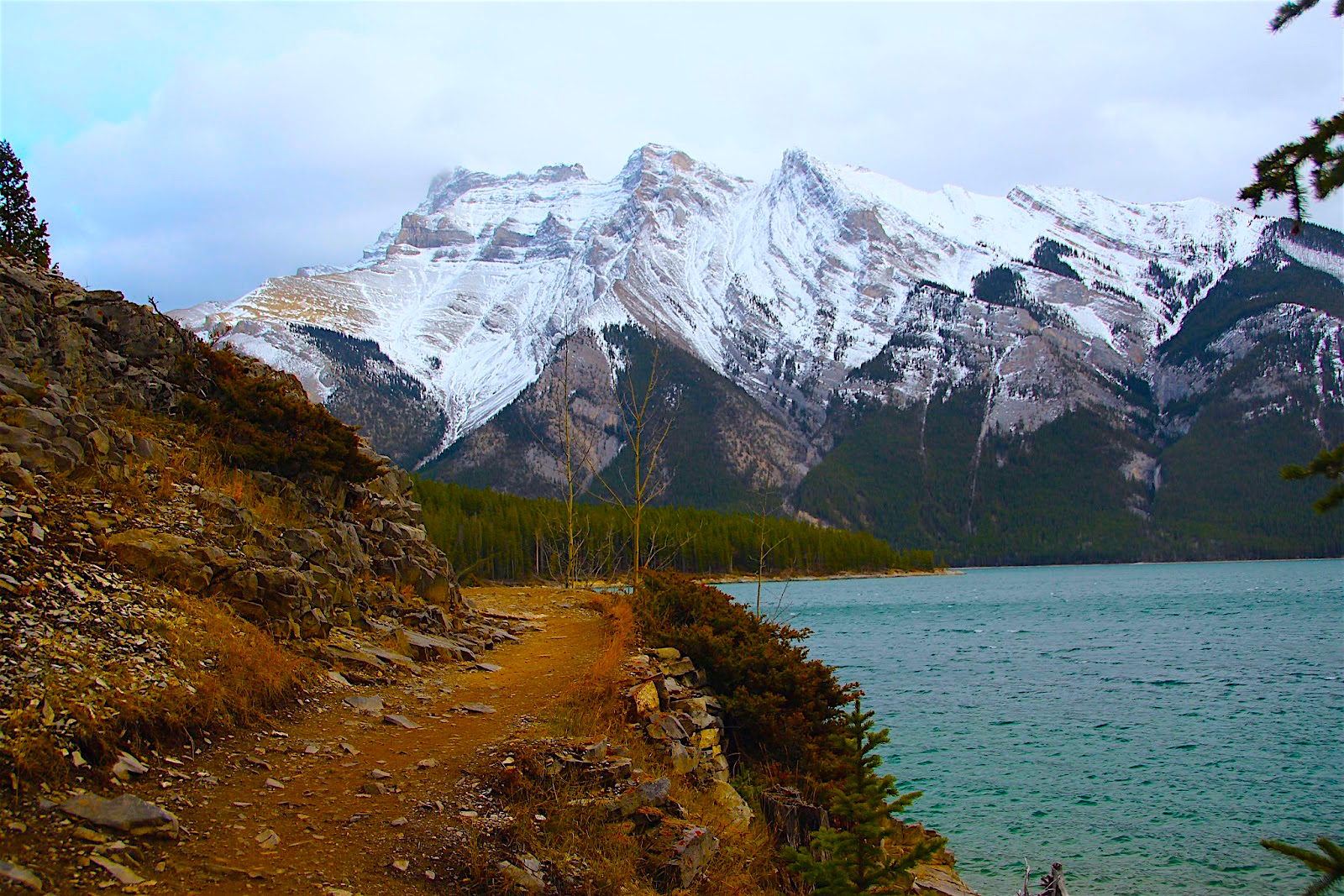
As the 19th century progressed there was an increase in visitation to the valley. With the additional traffic came several different names for the same body of water including, Cannibal’s Lake (from the Stoney word ‘M’ne’-sto’), Devil’s Lake, and Devil’s Head Lake, all of which posses satanic nomenclature, which is common for the area. Today we know the lake simply as Lake Minnewanka, an Anglicized version of the Stoney word “Minn-waki”. The name was officially recognized by the Department of the Interior in 1888, but not before the first hotel was built along the shoreline that was affectionately known as the “Beach House”. By 1912 a small community called Minnewanka Landing had been established, complete with hotels, wharves, restaurants, and sailing tours. The lake’s original footprint was much smaller in those days and was considerably less deep. The lake was damned three times to increase the water level. The most recent of which was in 1941 when the War Measures Act superseded the National Parks Act, which excluded industrial development within national park boundaries. As a result of the dams the only visitors to Minnewanka Landing today are scuba divers. When the latest dam was installed the townsite was flooded, leaving foundations, fireplaces, sidewalks, and the remains of the second dam forever entombed in the lake’s murky depths. Nobody was killed when the village was flooded, but having a ghost town at the bottom of such a mystifying body of water only adds to Minnewanka’s supernatural allure.
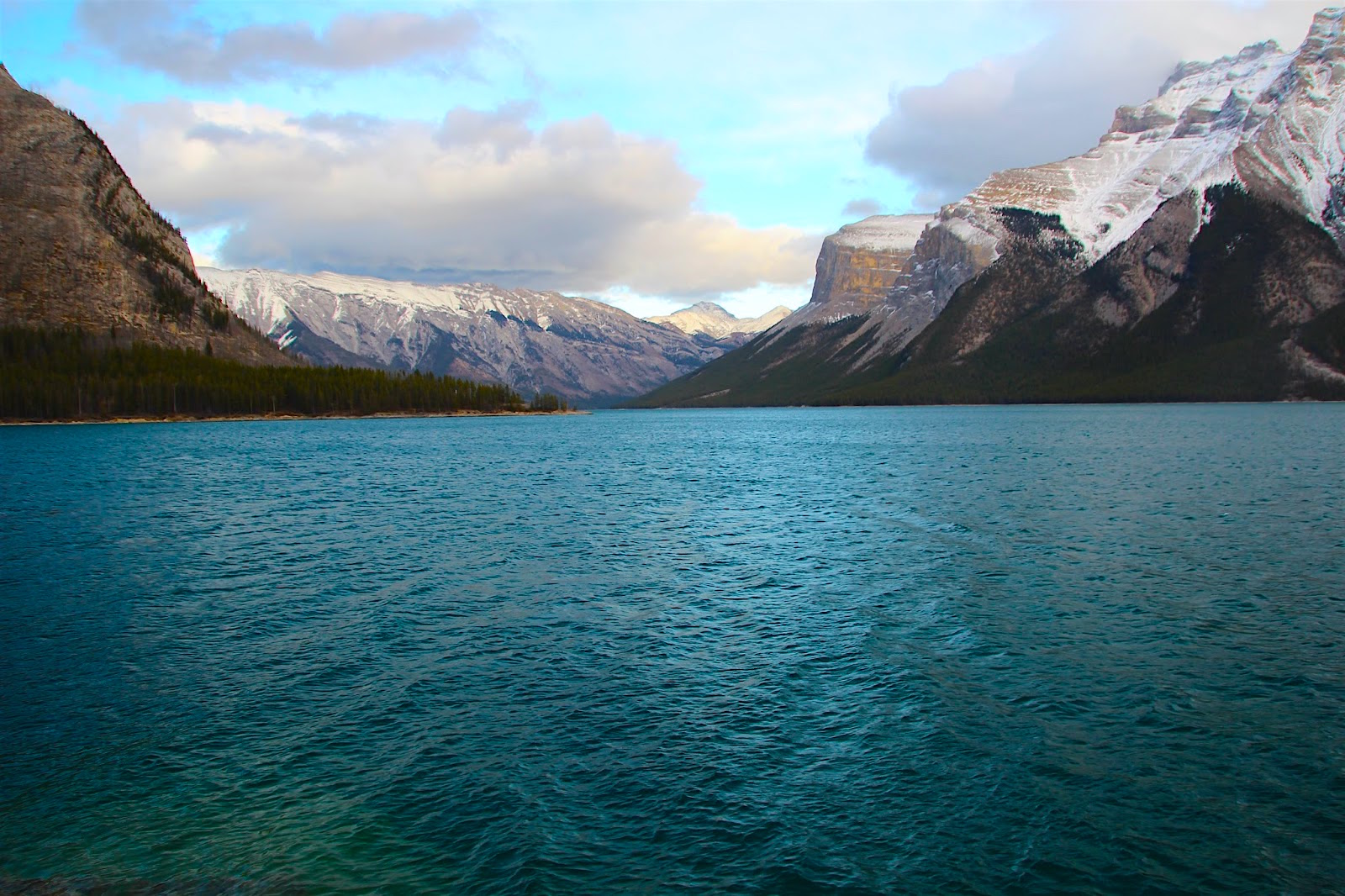
Much like those before us the lake and surrounding wilderness still attracts throngs of visitors and recreationalists hoping to bask in its natural beauty and maybe even discover some of its hidden secrets. The Minnewanka Trail runs along the lake’s northern shoreline and features several backcountry campgrounds. The 25km trail is very popular with hikers, backpackers, and mountain bikers. If you prefer to be on the water though Brewster Canada offers Lake Cruises and Minnewanka is the only lake in Banff National Park that allows limited use of power boats. You can also explore under your own power via canoe, kayak, or paddleboard. If it’s fish you’re after the lake is home to trophy size Lake Trout, Rocky Mountain Whitefish, and Lake Whitefish, which lure anglers from all over to test their skills.
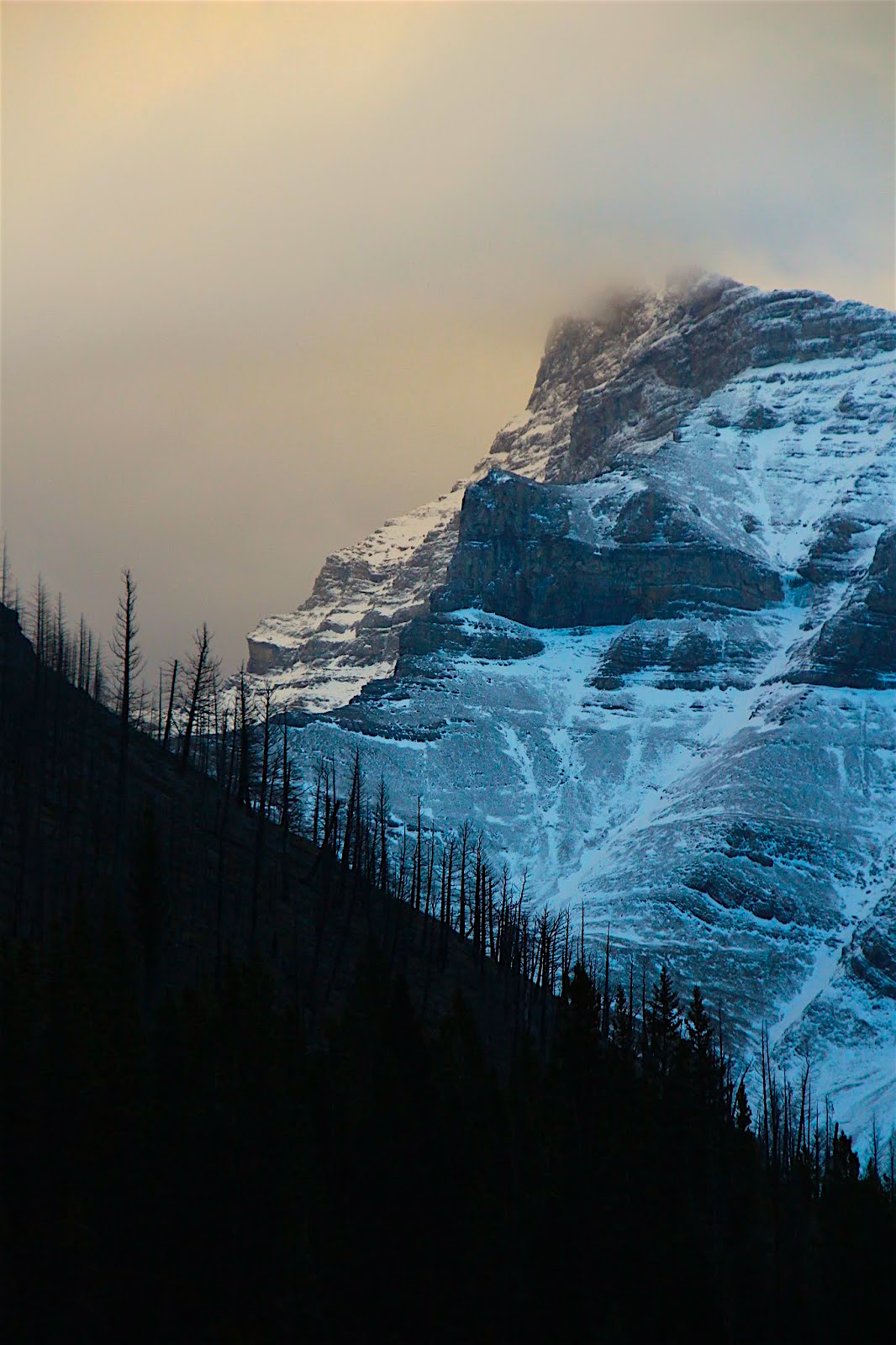
If you assumed the stories and legends of spirits were only contained to the water you’d be mistaken. In the late 1800’s reports began surfacing of a large creature that was spotted along Minnewanka’s shoreline. Additional stories about gargantuan footprints, hair-raising screams, and sightings of enormous furry beasts began flooding the local press, which spawned the legend of the Lake Minnewanka Wildman. In the ensuing years reports of the critter became sporadic until they dissipated in the early 20th century. Although modern day Sasquatch enthusiasts have not relinquished their theory that a Big Foot-like creature still roams the wilds of Canada’s flagship park. No matter the truth or where you fall on the belief spectrum there’s no denying that Lake Minnewanka possesses a spirit all its own; one that’s as unique, enigmatic, and captivating as its own arcane history.
